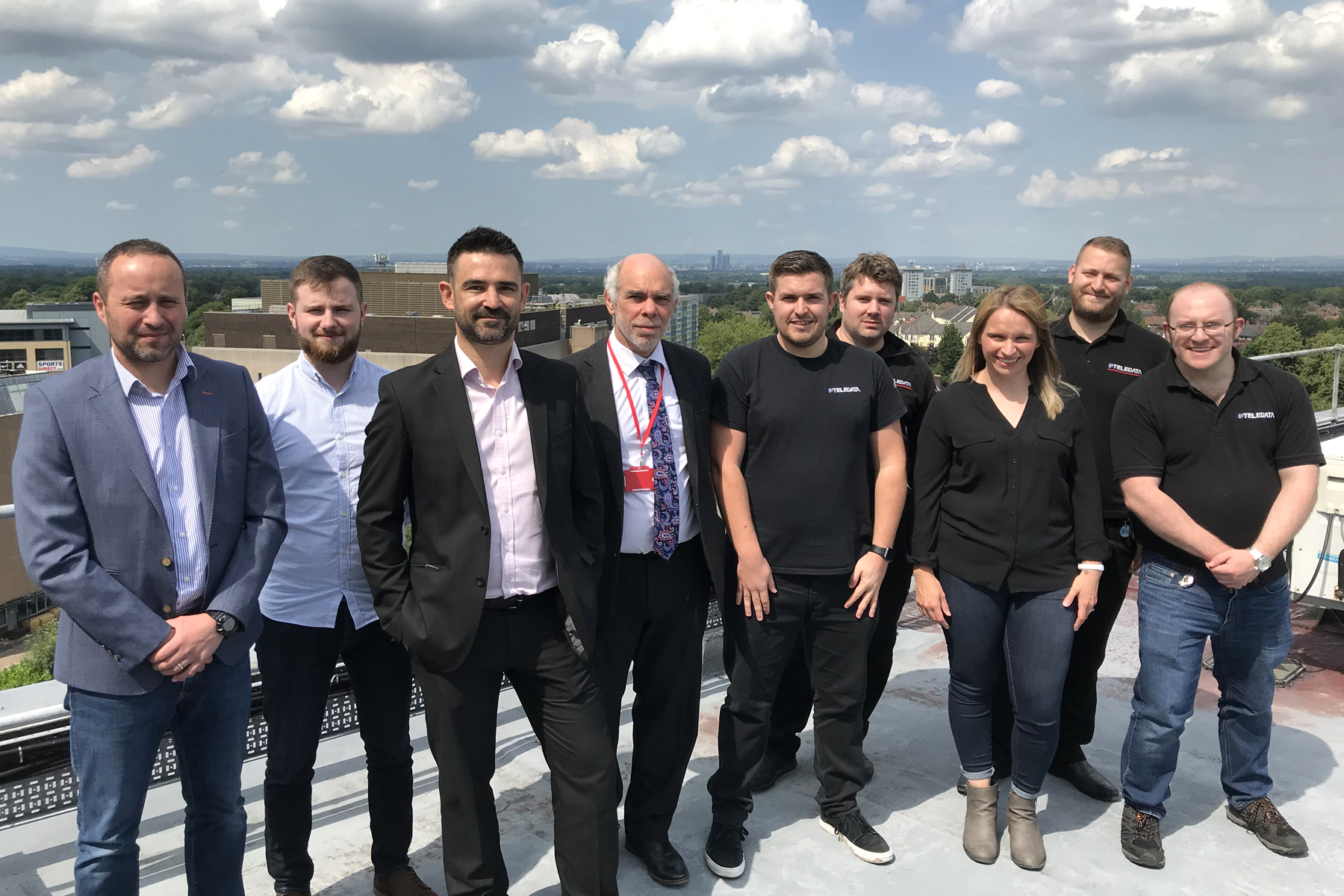
Relative Insight's mission is to drive business value from language data, focusing particularly on consumer insights and the consumer experience.
But what exactly do we mean when we say “language data”? Without getting too technical, language data is simply data made up of words. You can also think of this as qualitative data or text data, but simply it refers to the written and spoken words that people or organisations use.
Why is language so important?
Language data is everywhere, especially in today’s digital world. However, it has always been difficult to meaningfully analyse because no one has really known what to do with it. As a result, many companies are sitting on bountiful sources of qualitative data which remain under-utilised because up till now, there has been no easy or scalable way to derive actionable insights from it.
Enter Relative Insight
Relative Insight adopts a unique approach to text analysis by using comparative methodology. Through comparison, we turn unstructured, messy qualitative data into insights which provide huge strategic value for brands and agencies.
Relative compares two or more text files to discover the subtle differences, similarities and frequencies in language. Our technology sifts through the building blocks of language – the ifs, buts, ands, hows – and highlights Relative Difference. This metric is used to compare frequencies across two language sets pinpointing how prevalent words, phrases, grammar, topics and emotion are in one data set, versus another.
What can Relative Insight compare?
Relative can analyse pretty much anything with words. However, the most appropriate data source will depend on what it is you are trying to understand.
MARKETING, BRAND AND DIGITAL
If you’re a marketeer or brand specialist, you might want to discover more value out of the language data you’ve already got – from primary research, insights tools and digital data. Equipped with powerful insights, marketeers can then create sharper communications, stronger brand messaging and resonate with audiences on a deeper level. Some examples of language data include:
- Social listening data
- News and media coverage
- Online communities
- Open ended survey responses
- Online forums
- Customer reviews
- Marketing collateral
- Focus group and interview transcripts
Check out: Do brands and consumers speak the same language?
CUSTOMER EXPERIENCE & SALES
For customer experience and sales teams, understanding the pain points of customers and what language connects with them can enhance customer satisfaction and ultimately, the performance of your customer service team. In this sector, language data is often internally generated through calls, support channels or feedback surveys:
- CRM data
- Customer support – help desk, live chats, call transcripts, social channels
- Customer experience reviews
- Feedback surveys
- Sales resources
Check out: Analysing customer reviews to improve customer experience
HR AND INTERNAL COMMS
We know how important data is to HR professionals, and how much of a positive impact understanding your current and prospective employees can have on an organisation. Comparing language assets can help you gauge employee sentiment, attract the highest quality of candidates and improve company culture. Some typical date sources include:
- People and performance management tools
- Employee surveys
- Employer reviews
- HR documents
- Internal chat channels
- Company intranet
- Job specifications
Check out: Discovering disparity between employee and employer views on company culture
Everything starts with words and the better your ability to know what people are saying, the better your ability to generate insights that improve your strategies, KPIs and ultimately your business.
Relative Insight can analyse data from any language asset. From social media to surveys, reviews and customer service transcripts – the possibilities are endless!
So if you’re unsure how to analyse your language data, get in touch and we’ll show you how comparison can unlock powerful insights for your business









